Lead 8 is the new company with the big ideas that could – and has – created a different sort of design and architecture studio.
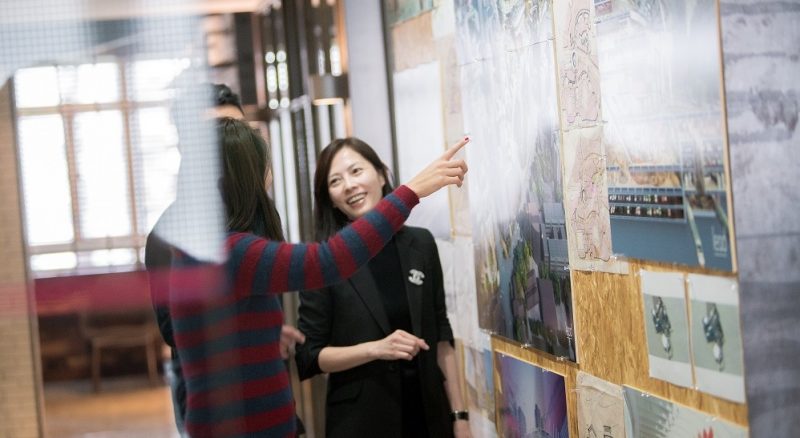
You might wonder where a design and architecture firm with a handful of clients and even fewer years of operation under its belt gets off on issuing an uncosted manifesto for a carbon-neutral transport network around Victoria Harbour. The HarbourLoop proposal from 2015 is a stunning idea to create a 23km active pathway, connected with a bridge and cable car, around Hong Kong’s iconic harbour. It was from leftfield and from Lead 8.
Lead who?
Lead 8 was launched in April 2014, taking its name from the acronym of living environments, architecture and design; combined with the numeral representing the eight founding members of the firm. The company’s founders had worked together in Asia for more than 12 years at an international architectural practice.
If there was any doubt about their credentials to start pumping out bold proclamations about Hong Kong’s future and one of its greatest natural assets, it became increasingly clear Lead 8 was the real deal when BuroHappold got in touch and asked if they could get involved in HarbourLoop. It’s a matter of folklore and university undergraduate case studies that the British engineering consultants delivered The High Line in NewYork.
Creature of culture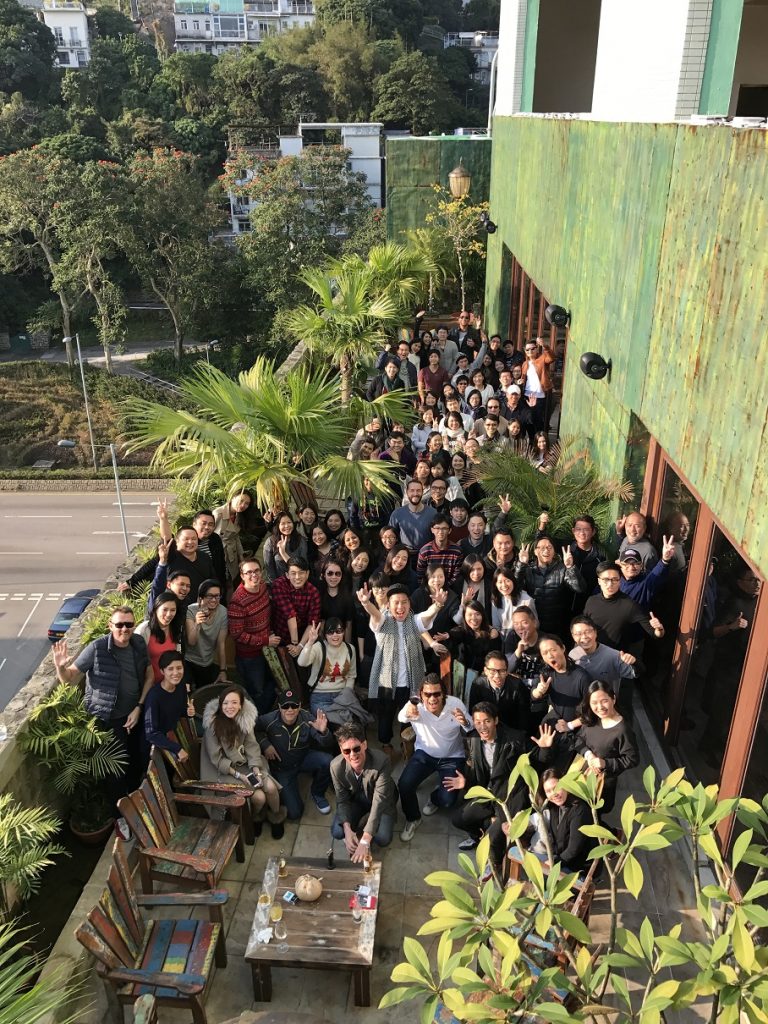
In establishing Lead 8, its team of eight founders wanted to be a new kind of design practice, one based on an integrated approach but also a firm that would leverage their core values of openness, creativity and teamwork. This was to be a flat, more collaborative organisation, built on a bedrock of culture. The result is a team with the desire to discover, define, design and deliver the best solution for every site, says Co-Founder and Executive Director Simon Blore.
“From some early wins with new clients, followed by support from past clients, we have migrated from meetings in coffee shops, drawing at home, working with a virtual server, then a six person office, with 15 in it at one point, to studios in Hong Kong, Kuala Lumpur, London, and Singapore,” he says.
A purpose-designed warehouse space at the eastern end of Hong Kong Island in Quarry Bay is the home for the studio. From here, the founders apply their combined experience of more than 150 years in directing a team of more than 140 staff members (called “leaders”) in architecture, interior design, master planning, urban design, repositioning and renovation, environmental graphics, wayfinding, signage and branding.
Plain truths
As with some of the best organisations on the planet, Lead 8 has a missionary’s zeal in its work and an insider’s language that is all its own. There are the previously mentioned “leaders”, who are staff otherwise empowered to do their work; and the leaders work at a studio – most definitely not an office.
“When we set up Lead 8 we were aiming to create a ‘studio’ rather than an ‘office’, and feel we have successfully achieved the former,” says Lead 8 Co-Founder & Executive Director John Denton. “To our minds, a studio is a creative working space, and one that manifests and expresses the personality and culture of our brand. Being in a converted warehouse unit in a district of Hong Kong that still has character and local flavour has a certain honesty to the geographic location of the company.”
Speak to any of the company’s “leaders” and you come to begin to understand that the open-plan studio has come to define their approach. Teamwork is a key value. Collaboration within the company and with the client is the standard, not the exception. Ideas are fostered. Flexibility is demanded.
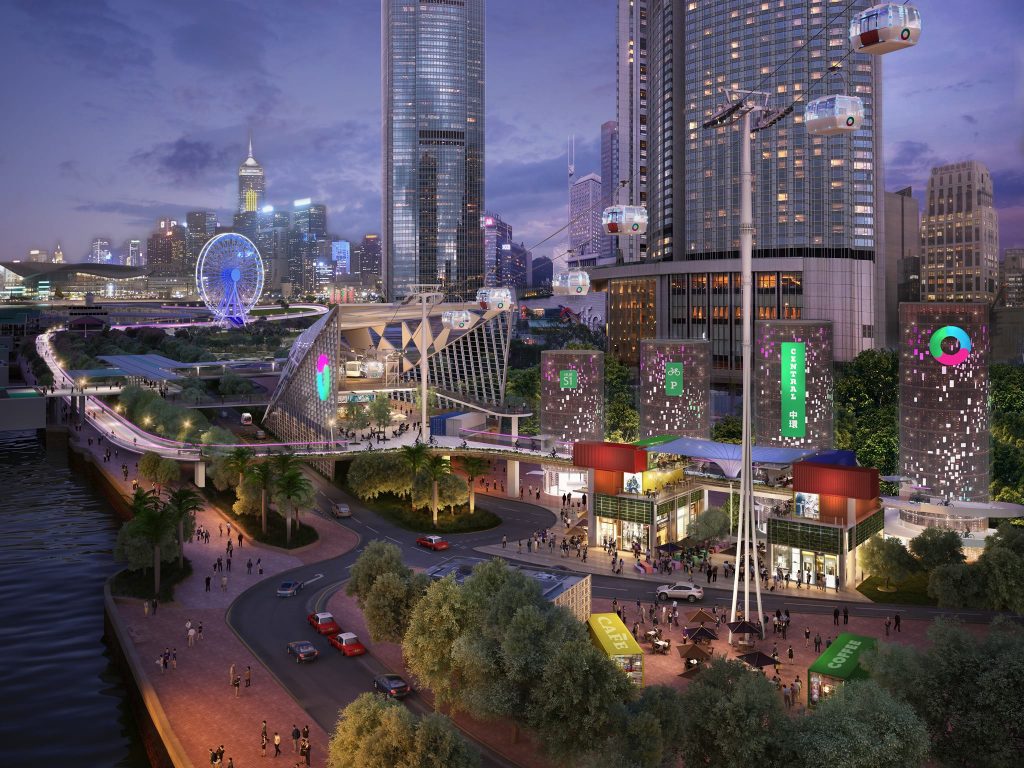
HarbourLoop
“Creating a workspace that benefits everyone comes as much from the physical organisation of the space as from the management structure that enables our staff to grow and develop,” says Lead 8 Co-Founder & Executive Director Christine Hau, adding that the building represents a marriage between the physical and the philosophical.
Much as the built environment contributes towards defining us, Lead 8 is defined by its surroundings, and equity is essential. “Leading by example on a personal level transfers to a corporate level and becomes part of our reason for existing, affecting the way we interact with our clients, consultants, suppliers and contractors alike – fairness being key,” says the studio’s Creative Director Alex Brazier.
Mixed approach
Lead 8 positions itself as specialist in transit oriented developments or TODs. High-density TOD’s are the fastest growing sustainable solution for mixed-use environments, says Lead 8 Co-Founder and Executive Director David Buffonge. With the mass migration from the countryside to the cities in full swing in the mainland, dealing with densification should be a pressing concern.
“The traditional TOD model has ‘live, work and shop’ components positioned over a rail station or transport interchange, but as these developments become larger, it is our responsibility as architects and designers to incorporate the necessary ingredients that would enhance well-being and the personal experience of users and occupiers,” he says.
The organisation says its process dif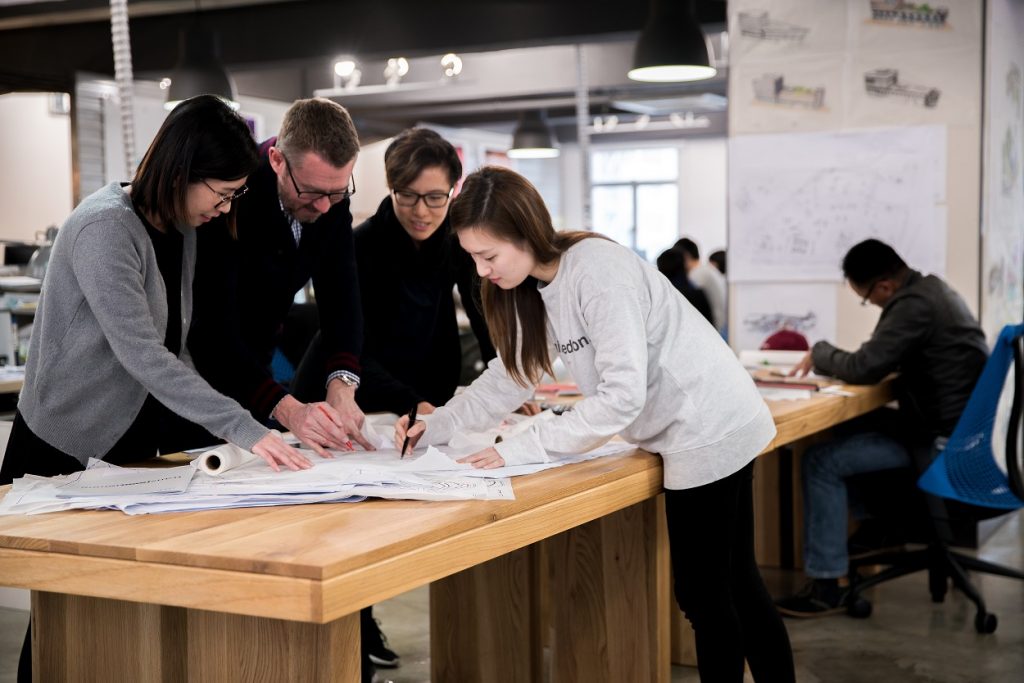 fers from a more typical conceptualisation of a mixed-use development. The basis for the design finds its roots in a functional planning diagram that plots a chart of how people move through the area, both ideally and actual. There is a considerable emphasis placed on the entry and exit experiences, the connections and wayfinding to achieve the ultimate pedestrian convenience. The appropriate distances are calculated to determine the appropriate distances between vertical circulation nodes. The ingress of natural light is fostered or curtailed.
fers from a more typical conceptualisation of a mixed-use development. The basis for the design finds its roots in a functional planning diagram that plots a chart of how people move through the area, both ideally and actual. There is a considerable emphasis placed on the entry and exit experiences, the connections and wayfinding to achieve the ultimate pedestrian convenience. The appropriate distances are calculated to determine the appropriate distances between vertical circulation nodes. The ingress of natural light is fostered or curtailed.
Lead 8 has codified its method in a five-phase design process that prescribes but never proscribes its operation. Context, community, client, ambition and legacy may be the stopping off points in the process, but a philosophy of holistic thinking, identifying unique opportunities and working together is the practice’s path to end-product.
Expression session
After the influence of culture, process and a collaborative approach to work are applied, Lead 8 says it goes out to build better working relationships by embracing inclusion and teamwork.
Their work has won plaudits from Allan Zeman, the Chairman of the Lan Kwai Fong Group, for “simplicity, clarity and holistic design”. Kenneth Gaw, President of Gaw Capital, calls the practice’s work innovative and “out of the box”. Lead 8 has worked on a number of projects for the private equity fund management company, including on the repositioning of Pacific Century Place in Beijing and the recently opened design for Cross Tower in Shanghai.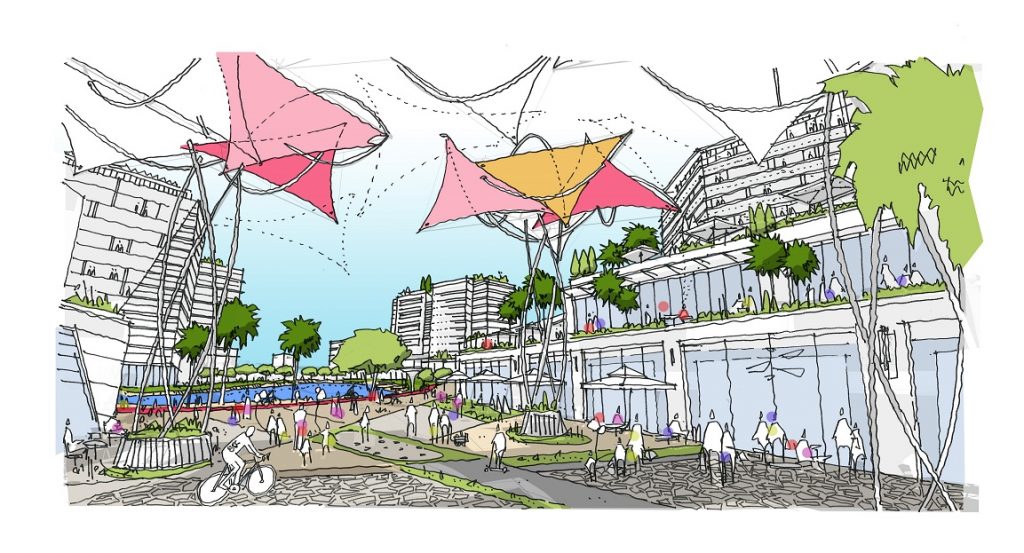
“What if we re-create our streets and bring back the joy of spending time outside, dining in a park, looking at terraces of activities beyond, simply bringing people together into our projects?” asks Simon Chua, another of the Lead 8 Co-Founder and Executive Director. Simon believes that the Lead 8 difference lies in engineering quality spaces with real emotional appeal. The creation of community spaces must come from fusing exterior and interior spaces and enriching the visitor’s experience, he says.
Loop feedback
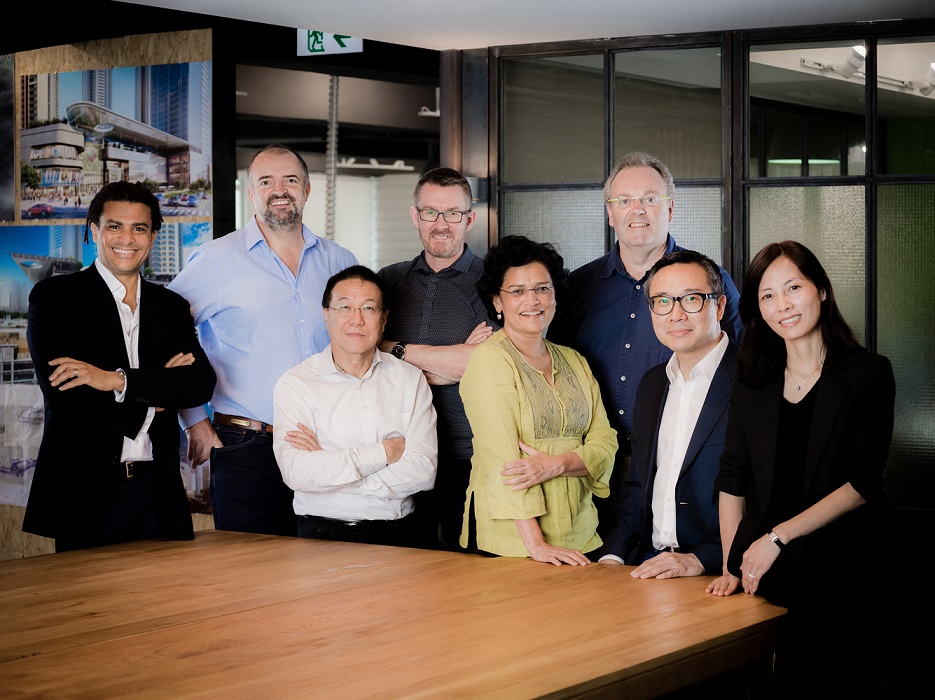
The eight founder of Lead 8 (from left): David Buffonge, John Denton, Claude Touilkan, Chris Lohan, Meeta Patel, Simon Blore, Simon Chua, Christine Hau.
It’s a creative-led approach to architecture and design which illustrates a long-term concern for people. The studio’s senior members believe that this more “human” technique is not necessarily the generator of greater costs, since delivery on time and on budget is the studio’s mantra. But there are other ideals the studio lives by.
“Mixing uses rather than zoning is a must, and it is no coincidence that our favourite urban places accommodate a wide community cross section, and also complementary uses; all within an easy stroll,” says Lead 8 Co-Founder & Executive Director Chris Lohan.
“We advocate the principles of ‘walkable’ cities, where transit nodes and retail and workplace opportunities are all within a 300 to 1,000 metre radius of all homes, and as well as creating vibrant communities, this also allows an option for cars to be left at home.”
“We are not advocates of urban design guidelines being too prescriptive either, as we have seen through our project work in Asia how tightly controlled masterplans can inhibit the amalgamation of plots, or density.”
It’s a rational, sensitive approach to the administration of land, one of the biggest issues that faces Hong Kong. And, as with all things tied to Lead 8, there’s a thoughtfulness and cohesiveness to the thinking that is hardwired. Lead 8 has been surprisingly successful in the first (almost) three years of its life.
Some of Lead 8’s current projects include Shanghai Xujiahui Centre, TODTOWN in Shanghai, Harbour North in Hong Kong, Nanjing IFC, MixC Shenzhen Bay and MixC Jinan. That it has been such a breath of fresh air comes down to its unique culture, depth of experience and the power of its lateral thinking. If the HarbourLoop comes to fruition, it will be a lasting, exciting, net positive for Hong Kong. It may even become a defining moment for architecture. It will also be a fitting tribute to the power of eight.












